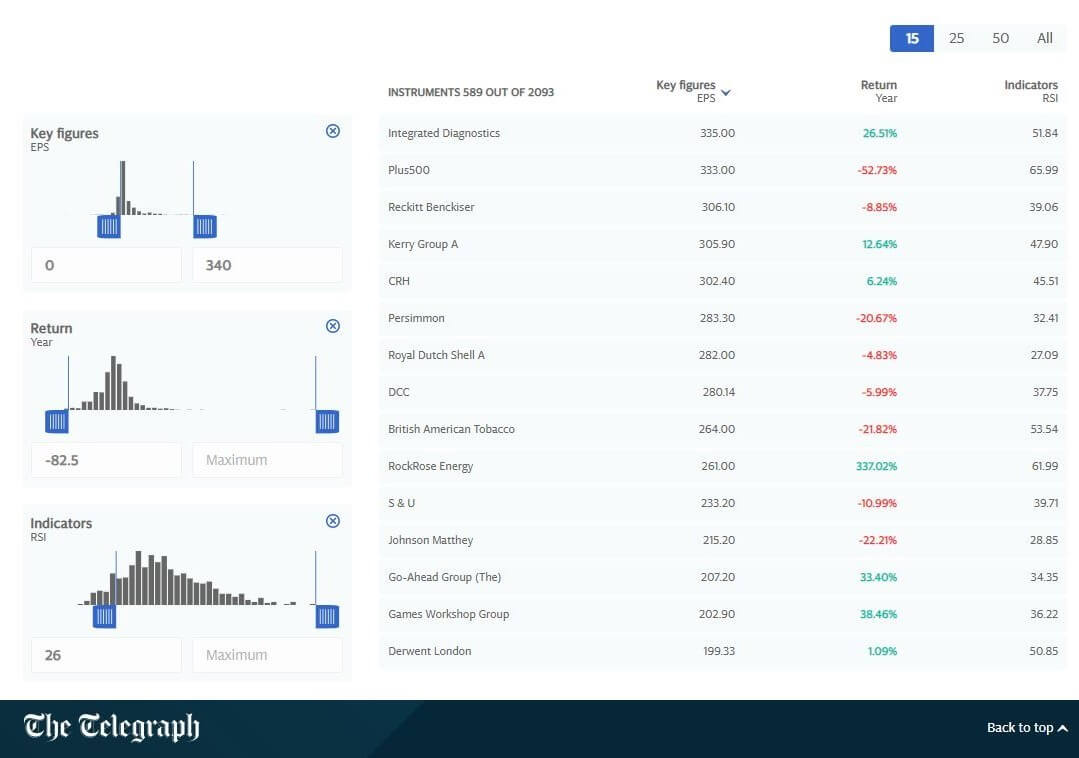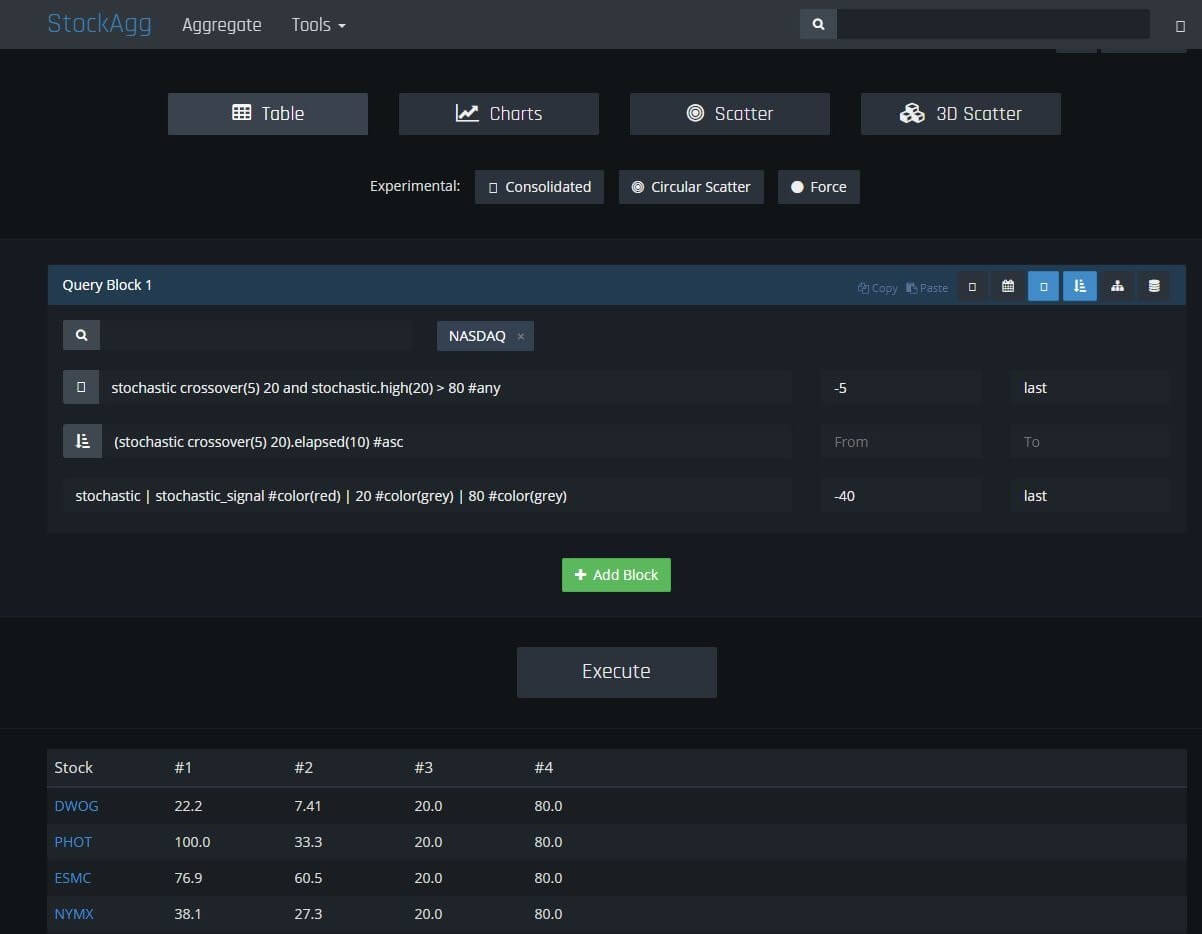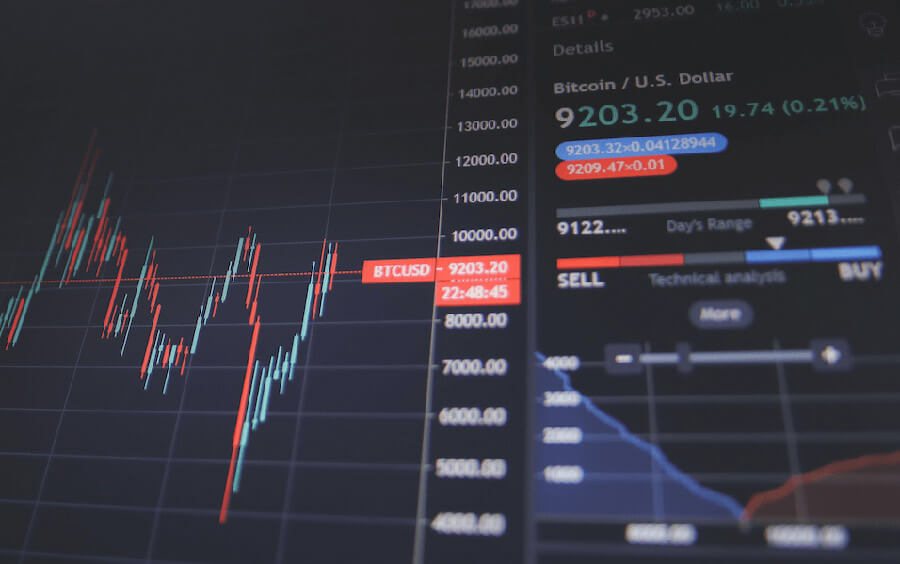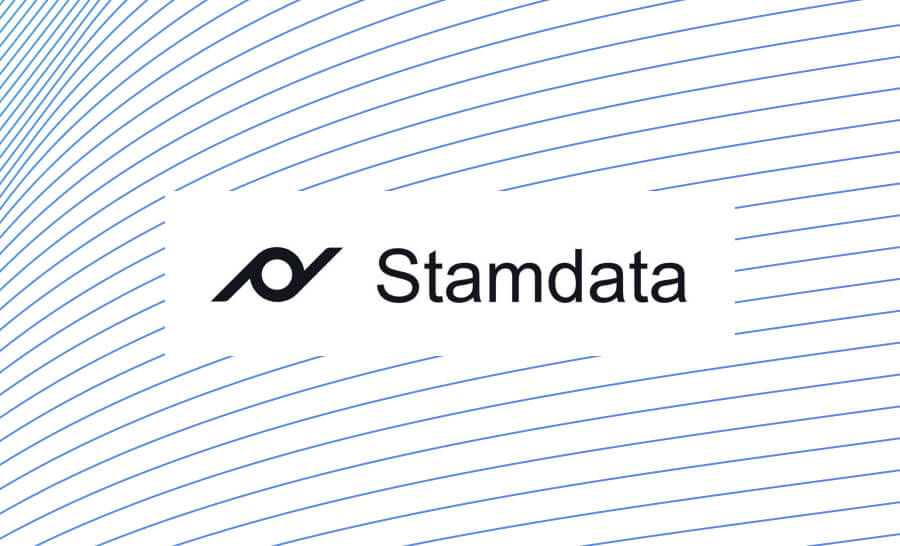How to decide on a stock screener
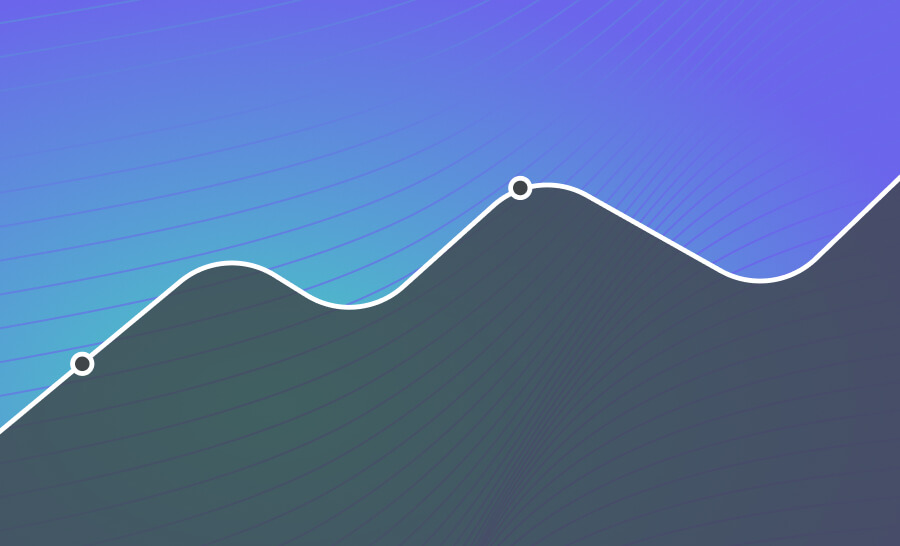
A stock screener is an essential tool for investors to help them find those needle-in-a-haystack stocks – stocks which might be ignored, undervalued, overlooked, or unexplored. Regardless of whether you’re an analyst, speculator, or just trying to manage your retirement funds, a stock screener will help you in your search for shares that fits your investment strategy.
So, you’ve sat down and googled your way to a couple of sites with stock screeners, now how do you decide on which screener they should use? Before even doing that, it’s important you have a thorough understanding of what a stock screener is (and what it isn’t), how it should be used, and what some of the key features any value investor should look for.
What is a stocks screener?
A stock screener is a tool which allows investors to filter a large set of stocks, such as an entire exchange or sector, by different parameters chosen by the investor. This allows you to quickly sort through the noise, junk, and hype and narrow the list of shares which are worth a closer look.
Stock screeners allows you to filter shares basedon many different types of data pertaining to a company and its share including:
- fundamental (P/E, liabilities, etc.)
- price data (turnover, 12m return, etc.)
- technical (RSI, Stochastic)
- profile information
- Environmental, Social, and Governance (ESG) rating or score
- and analyst (recommendation consensus, target price)
As you can see, the data points are arguably all useful in helping investors holistically view a share and determine its fit with a strategy.
If you were to manually go through an entire exchange to find these share it would take days, a screener speeds this up to mere seconds.
Evaluating and selecting a stock screener
The right screener will reduce the time you spend in later steps of your investment analysis process by reducing the number of false positives.
Doing the research and comparing screeners might seem like a lot of work for a small return. However, in the end it will make your investment research much more efficiency and structured investor.
The right screener will reduce the time you spend in later steps of your investment analysis process by reducing the number of false positives. In our context, this means shares which initially seemed to fit your investment strategy and therefore would warrant more in-depth research, but should have been disregarded from the start.
To understand why it is important to reduce false positives, let’s say for a given strategy you can filter down 1500 shares to 20 which you decide to do more research on. Of those 15, there might only be two good investments. If three of the original 15 were false positives, you will potentially have wasted 15% of your research time. Time that could have been spent more quickly identifying the two good investments in the set, or more thoroughly researching them.
Multiply this process over a long investment career and it becomes obvious to the time-conscious investor that finding the right screener is an essential and valuable process.
Where to start
As HowToTradeStocks.org points out, in general the more criteria you have available to select from the better because it allows you to be more precise in your screening if you choose to. This is true, with some modification. A screener is only a tool to help you apply your tactic for finding valuable stocks. If the strategy and logic you base your tactic on is flawed, then no screener in the world is going to help you find diamond-in-the-rough shares. A screener is first of all a tool and as such it needs to be wielded with a plan and logic behind it.
The first step is therefore to define your investing strategy, what characterizes companies you want to find, and what data you can use to screen these companies’ shares. If you have different investment cases, each case will likely need a different set of data (fundamental, share price, technical, etc.).
When you have a larger picture of what data points you will want to use when you scan for stocks you will more easily be able to exclude stockscreeners that do not cover these.
Evaluating a stock screener
Now that you have your data-specification ready, it’s time to decide on your functional requirement – in other words: how the screener’s interface should look and behave. Start with a screener you understand. There are incredibly complex stock screeners out there catered to professional investors, and there are simple free stock screeners such as Yahoo Finance’s Stock Screener.
This is a great screener to start with because its data offering is extensive, and therefore likely will meet your data needs, and its interface streamlined. Create a couple of presets based on your strategies and go through some of your matches in more detail – this way you will be able to see if there are any false positives, and if you discover any additional values you want to add to your screen.
Next, take what you liked and disliked from Yahoo’s stock screener and go through 2-3 other sites. With the context of Yahoo in mind you will begin to build up a need-to-have and a nice-to-have list of both data and functional requirements. Ultimately, what is best for you depends on your level of needs and experience. In most cases however, the most intuitive screener that provides the data you need will be the best one. Sometimes you need more granular data, and the ability to combine may series of value, averages over time, technical indicators and real-time intraday data. But of course, there’s no point in using a tool if it is too complex to perform even simple screenings, or the resulting list of stocks is not easy to view.
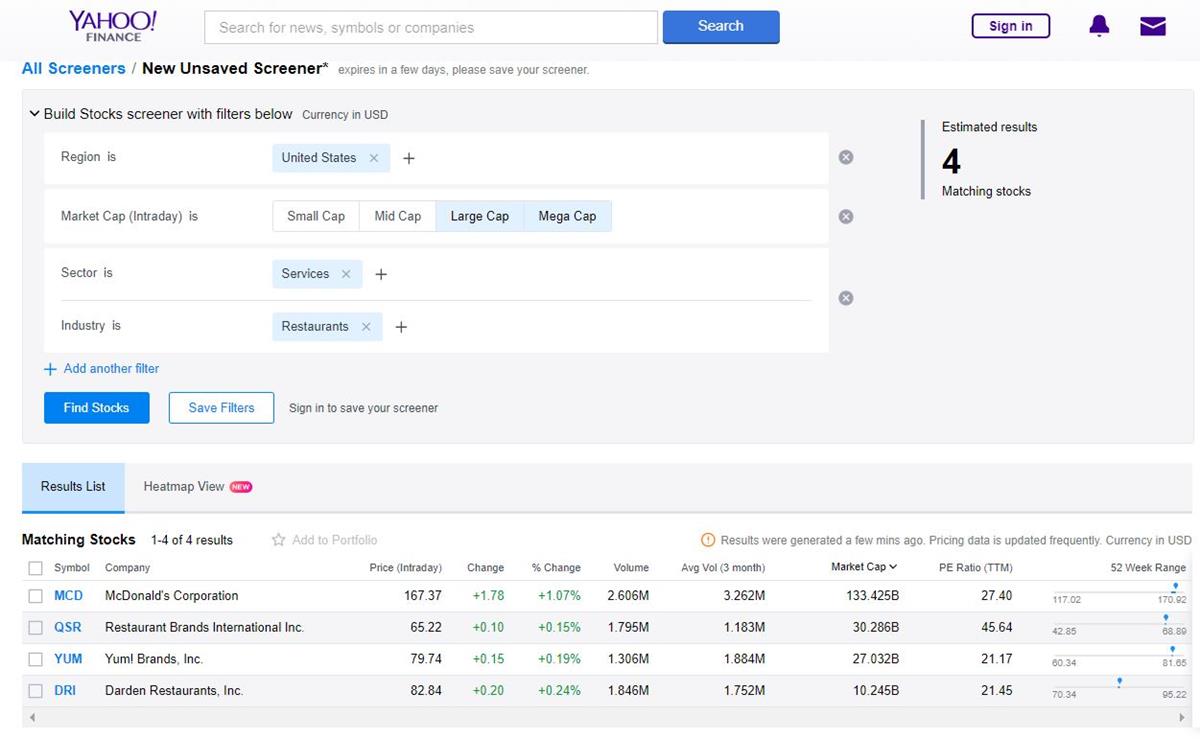
Yahoo finance provides an intuitive and free stock screener Yahoo
Often overlooked aspects to consider
One often overlooked is the time-sensitive nature of financial data, specifically in screening for stocks. If your strategy includes looking at the momentum and trends of shares to find good entry and exit points, using a screener which supports real-time intraday data is a must-have. These screeners should support technical indicators such as Relative Strength Index (RSI), Average Directional Index (ADX), Bollinger bands, and other types of momentum or trend indicators. When performing technical analysis, even a 15 min delay which is standard on most stock screeners, means that you will be evaluating stocks based on old, and therefore less accurate data.
Additional valuable feature
Some additional features you might want to look for includes:
- Save discovered stocks to a favorites list.
- Create a hypothetical portfolio
- Save screens as presets and share with other users
These will allow you to work more efficiently, perform additional analysis, and build up a repertoire of shares and screens to reuse.
Get Started with some Sceeners
Below is a list of some easy-to-use screeners, free and commercial, which can serve as a starting point of your evaluation.
TradingView
Known for their charts, TradingView has an advanced and easy to use screener. https://www.tradingview.com/screener/
FinViz
More advanced features, but argubly less intuitive. However as a more advanced investor FinViz is a great tool
https://finviz.com/screener.ashx?
MarketWatch
Althogh a bit older, MarketWatch’s screener is a great screener with which to get started. It also benefits from other content and tools on MarketWatch’
https://www.marketwatch.com/tools/stockresearch/screener/
Yahoo Finance
One of the longest-running free screeners out there, and fairly so. Yahoo Finance’s screener has a clean, intuitive
https://finance.yahoo.com/screener
Summing it up
A stock screener is an unreplaceable tool that will help you invest in a more structured, efficient, and unemotional matter. Once you have defined your strategy and decided on your metrics, a screener is the next in your investment process. Finding a screener that fits your needs is a worth-while activity and one which every investor should go through.
